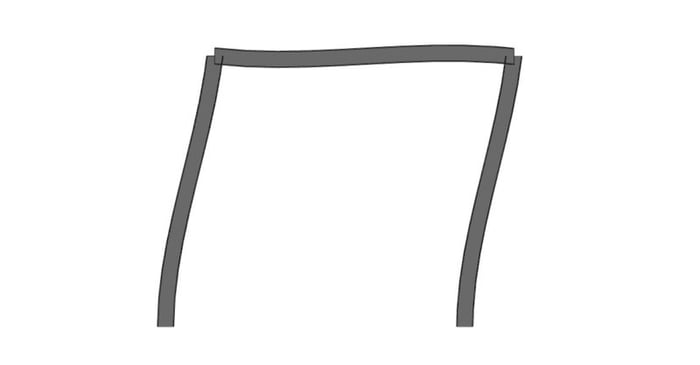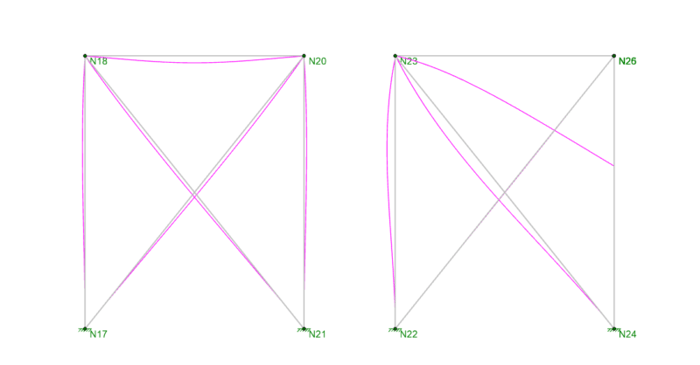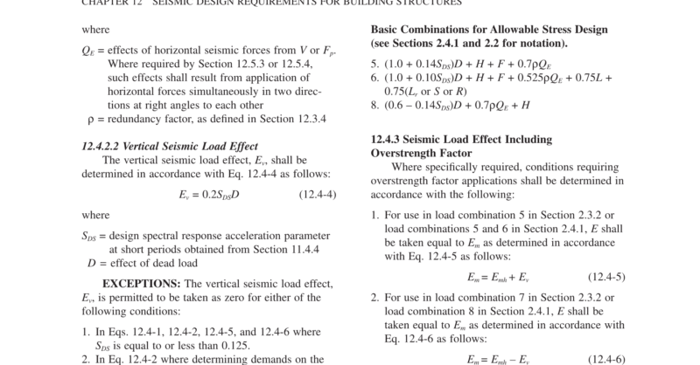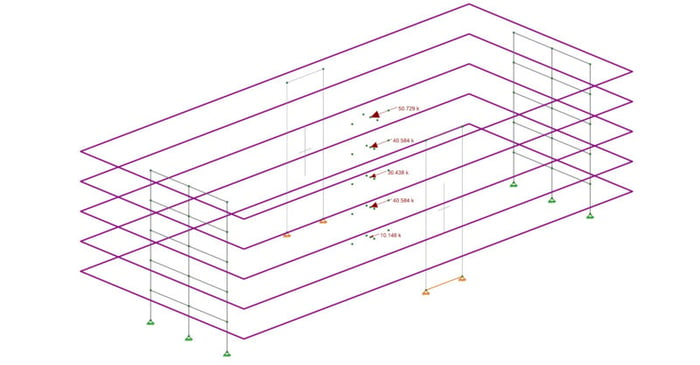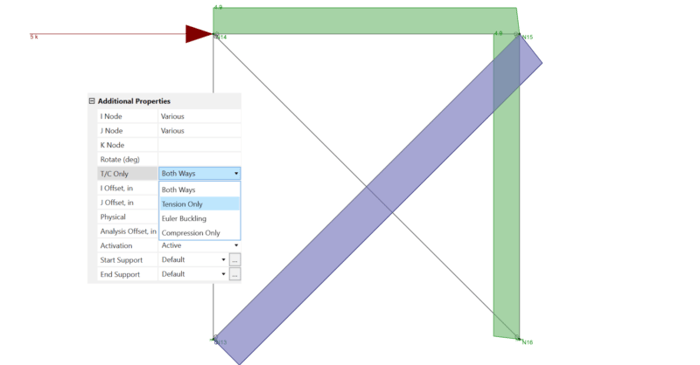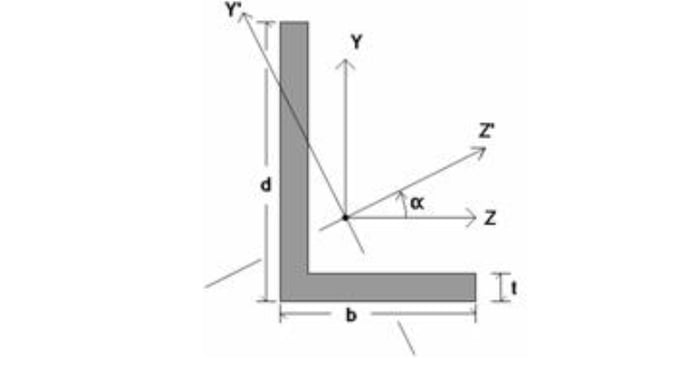
March 31, 2011
How RISA-3D Handles Single Angles
The bending and axial code checks for single angles differ somewhat from other shape types, because single angles behave quite differently in bending and compression depending on how they are braced along their length.




